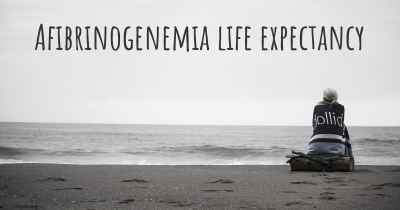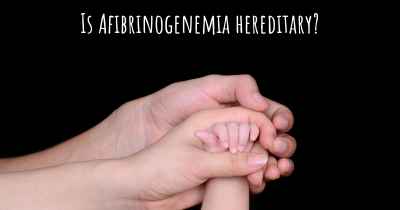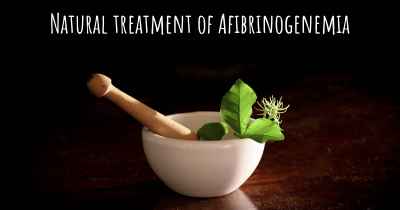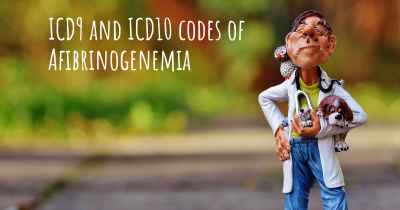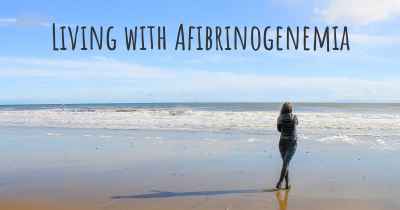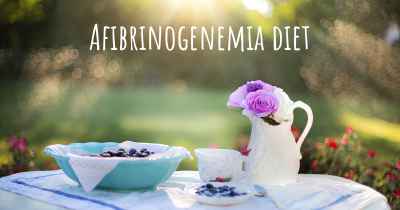Is it advisable to do exercise when affected by Afibrinogenemia? Which activities would you suggest and how intense should they be?
See if it is advisable for people with Afibrinogenemia to practice sports and which ones are the most recommended if you have Afibrinogenemia

Afibrinogenemia is a rare inherited bleeding disorder characterized by the absence or severe deficiency of fibrinogen, a protein essential for blood clotting. People with afibrinogenemia are at a higher risk of excessive bleeding, both internally and externally. When it comes to exercise, it is important to approach it with caution and take certain precautions to ensure safety.
Consulting a healthcare professional is crucial before starting any exercise regimen if you have afibrinogenemia. They can provide personalized advice based on your specific condition and medical history. They will consider factors such as the severity of your afibrinogenemia, any associated complications, and your overall health.
Low-impact exercises are generally recommended for individuals with afibrinogenemia. These activities minimize the risk of injury and excessive bleeding. Some suitable exercises include:
- Walking: Walking is a low-impact exercise that can be easily tailored to your fitness level. It helps improve cardiovascular health and overall fitness without putting excessive strain on your joints.
- Swimming: Swimming is a great option as it provides a full-body workout while being gentle on the joints. It also helps improve cardiovascular endurance and muscle strength.
- Cycling: Cycling, whether outdoors or on a stationary bike, is a low-impact exercise that can be adjusted to your desired intensity. It helps improve cardiovascular fitness and leg strength.
- Yoga: Yoga focuses on flexibility, balance, and relaxation. It can help improve joint mobility, muscle strength, and overall well-being. However, certain poses that involve excessive strain or risk of injury should be avoided.
Intensity of exercise should be individualized and based on your overall fitness level and the severity of your afibrinogenemia. It is important to start slowly and gradually increase the intensity and duration of your workouts. Listen to your body and avoid pushing yourself too hard, as it may increase the risk of bleeding or injury.
Precautions should be taken to minimize the risk of bleeding during exercise. These include:
- Wearing protective gear: If engaging in activities such as cycling or skating, wearing appropriate protective gear like helmets and knee pads can help prevent injuries.
- Avoiding contact sports: Contact sports pose a higher risk of injury and should generally be avoided by individuals with afibrinogenemia.
- Being aware of bleeding symptoms: Pay attention to any signs of bleeding during or after exercise, such as prolonged bleeding from cuts or bruises, nosebleeds, or blood in urine or stool. If any bleeding occurs, it is important to seek medical attention promptly.
- Having a bleeding management plan: Work with your healthcare provider to develop a personalized bleeding management plan. This may include strategies such as applying pressure to bleeding sites, using clotting agents, or seeking medical intervention when necessary.
Conclusion: While exercise can be beneficial for individuals with afibrinogenemia, it is essential to approach it with caution. Consulting a healthcare professional, choosing low-impact activities, and taking necessary precautions can help ensure a safe and enjoyable exercise experience. Remember to listen to your body and prioritize your safety while staying active.
Posted Apr 29, 2017 by Vanilda Ramos 1000
